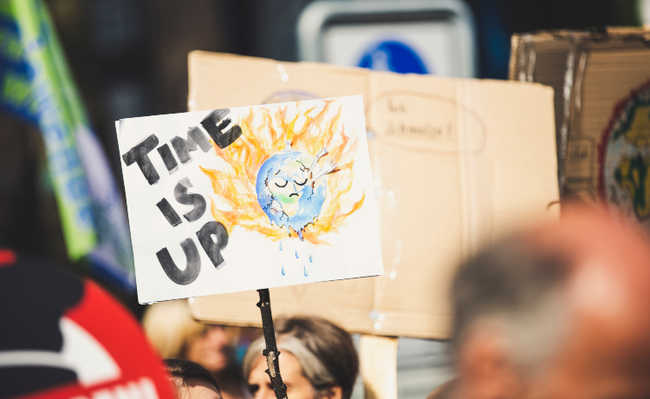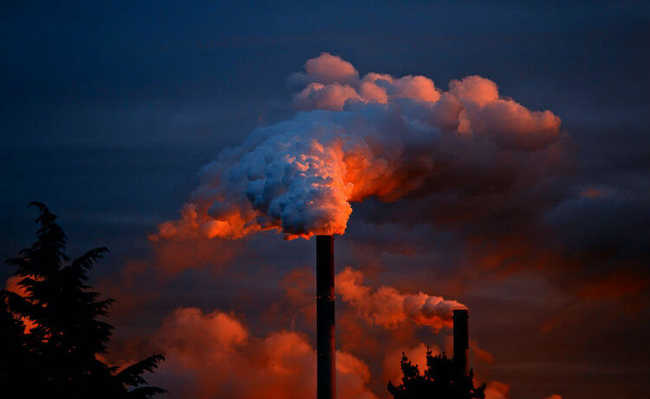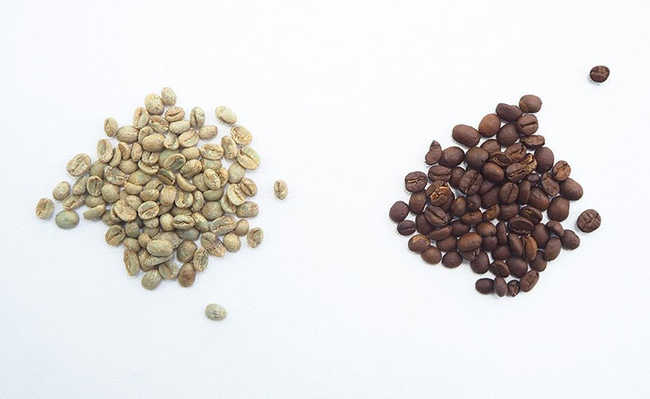Garbage: a serious problem in the modern world
Garbage is composed of different types of waste, which need different management

Image of Diego González in Unsplash
Nature works in cycles. This means that animals, excrement, leaves and all kinds of dead organic material decompose with the action of millions of decomposing microorganisms, making available the nutrients that will feed other forms of life. Until the beginning of the last century, the waste generated was reintegrated into natural cycles and served as fertilizer for agriculture. But, with industrialization and the concentration of population in large cities, garbage became a problem.
Modern society has broken the cycles of nature: on the one hand, we extract more raw materials, on the other, we grow mountains of garbage. And as all this waste does not return to the natural cycle, becoming new raw materials, it can become a dangerous source of contamination for the environment and public health.
What is garbage?
In general, people consider everything that is thrown away and is no longer useful as garbage. However, garbage is not an indiscriminate mass of materials. It is made up of several types of waste, which need to be handled differently. Thus, garbage can be classified in several different ways.
Technically, everything that is left over from a given product and that can be reused or recycled is called waste. Solid waste is generated from industrial, domestic, hospital, commercial, agricultural and sweeping activities. Products that cannot be recycled or reused, in turn, are called waste.
- Do you know the difference between waste and tailings?
garbage classification
Trash can be classified as dry or wet. Dry waste consists of potentially recyclable materials. On the other hand, wet garbage corresponds to the organic part of the waste that can be used for composting, such as food leftovers, fruit peels and pruning residues. This classification is widely used in selective collection programs, as it is easily understood by the population.
Garbage can also be classified according to its potential risks to the environment and public health in:
- Class I Waste – Hazardous: “those that present hazardous or characteristics such as flammability, corrosivity, reactivity, toxicity, pathogenicity”. Paints, solvents, fluorescent lamps and batteries are examples of this class of waste.
- Class II waste - Non-hazardous: they are divided into two other classes:
- Class II A waste – Non-inert: “are those wastes that are neither classified as hazardous waste (Class I) nor as inert waste (Class II B), which may have properties such as biodegradability, combustibility or solubility in water”. Organic matter, paper and sludge are examples of non-inert waste;
- Class II B waste - Inert: "is waste that, if sampled in a representative manner and subjected to a dynamic and static contact with distilled or deionized water, at room temperature, does not have any of its constituents solubilized at concentrations higher than the standards of potability of water , except for the color, turbidity, hardness and flavor aspect”. In other words, it groups residues that have a low capacity to react with any substance. Rubble, building materials and bricks are examples of inert waste.
There is also another form of classification, based on the origin of solid waste. This is the form of classification used in the garbage generation calculations. See below the main characteristics of these categories:
- Household: waste from households. It mainly contains food waste, spoiled products, packaging in general, scraps, toilet paper and disposable diapers;
- Commercial: waste originated in various commercial and service establishments, such as supermarkets, banks, shops, bars and restaurants;
- Public: residues originating from urban cleaning services, such as pruning residues and sweeping products in public areas, cleaning of beaches and storm sewers, residues from street markets and others;
- From health services: waste from hospitals, medical or dental clinics, laboratories and pharmacies. May contain materials contaminated with biological or hazardous agents, chemical and chemotherapeutic products, needles, syringes and blades;
- Industrial: waste resulting from industrial processes. The type of waste varies according to the industry's field of activity. In this category are most of the materials considered dangerous or toxic;
- Agricultural: waste resulting from agricultural and livestock activities. It consists of packages of pesticides, animal feed, fertilizers, crop residues and animal husbandry;
- Rubble: residues left over from civil construction, renovations, demolitions and soil from excavations.
In Brazil, the generation of waste per capita varies according to the population size of the municipality. According to data from the National Basic Sanitation Survey (PNSB), prepared by the IBGE, the per capita generation of waste in Brazil varies between 450 and 700 grams for municipalities with a population of less than 200 thousand inhabitants and between 700 and 1,200 grams for municipalities with a population over 200 thousand inhabitants.
Hazardous waste present in garbage
Some household and industrial waste such as leftover paints, solvents, aerosols, cleaning products, fluorescent lamps, expired medications, cells and batteries contain significant amounts of chemical substances that are harmful to the environment. In addition, many agricultural and industrial wastes also contain heavy metals such as mercury, lead, cadmium and nickel, which can accumulate in living tissue and harm the entire food chain. When not properly managed, hazardous waste can contaminate the soil, water bodies and the air.
How to solve the garbage problem?
One way to solve the problems related to waste is indicated by the Principle of Three Erres (3R's) – reduce, reuse and recycle. Factors associated with these principles should be considered as the ideal of prevention and non-generation of waste, added to the adoption of sustainable consumption patterns, aiming to save natural resources and contain waste.
Recycling is one of the most advantageous solid waste treatment alternatives, both from an environmental and social point of view. It reduces the consumption of natural resources, saves energy and water and also reduces the volume of waste and pollution. Furthermore, when there is a well-structured selective collection system, recycling can be a profitable economic activity. It can generate employment and income for families of recyclable material collectors, who should be priority partners in selective collection.
In some cities in the country, such as São Paulo and Belo Horizonte, the Selective Solidarity Collection was implemented, as a result of a partnership between the local government and associations or cooperatives of waste pickers. To attract more investments to the sector, it is necessary to join efforts between the government, the private sector and society in order to develop adequate policies and dispel prejudices around the economic aspects and reliability of recycled products.
Waste treatment
The treatment of urban waste is the main difference between dumps and landfills. The sanitary landfill is an engineering work designed under technical criteria, whose purpose is to ensure the correct disposal of urban solid waste that could not be recycled. For this, in addition to having effluent drainage systems, the soil is previously treated and waterproofed to receive these residues. The dump, in turn, is an inadequate form of final disposal of waste, which is characterized by the simple disposal of garbage on the ground, without measures to protect the environment and public health.
In Brazil, municipalities have the function of collecting and disposing of the generated waste properly. For various reasons, such as scarcity of resources, administrative deficiencies and lack of environmental vision, it is common for these residues to be disposed of in inappropriate places, such as dumps. Inadequate waste disposal causes soil degradation, contamination of rivers and groundwater, and emissions of methane, a greenhouse gas responsible for intensifying global warming.
Although sanitary landfills are considered safe places for the disposal of tailings, there are still many impacts behind these engineering works, which harm the environment and public health. Therefore, it would be ideal for landfills to receive only those wastes that cannot be recycled or composted.










